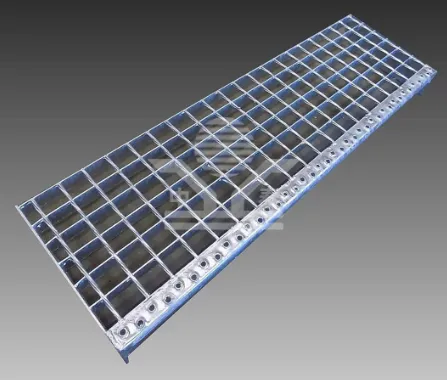The Role of Mesh in Supporting Climbing Plants
Climbing plants, with their ability to dominate vertical spaces and create lush greenery, are a beloved addition to many gardens and landscapes. However, their natural growth patterns often require some form of support to thrive optimally. One effective solution that has gained popularity among gardeners is the use of mesh systems for climbing plants. This article explores the benefits, types, and applications of mesh for climbing plants and how it can enhance both the aesthetics and health of climbing flora.
Understanding Climbing Plants
Climbing plants, such as vines, creepers, and certain types of shrubs, are characterized by their unique growth habits. These plants often employ various mechanisms to ascend, including twining, clinging, or trailing. While some can self-support, many require external structures to help direct their growth and aid in their upward journey. Without appropriate support, climbing plants can become unruly, hindered, or even damaged, undermining their beauty and health.
The Importance of Support
Providing effective support is fundamental to the cultivation of climbing plants for several reasons
1. Health and Growth Proper support can prevent injury to the plants, allowing them to grow more healthily. Climbing plants that lack support may suffer from broken stems, leaf loss, or increased vulnerability to pests and diseases. Mesh systems offer a stable structure that encourages upright growth, aligning stems to receive adequate sunlight and air circulation.
2. Maximizing Space In urban gardens where space may be limited, utilizing vertical gardening techniques with climbing plants allows for efficient use of space. Mesh structures can transform a plain wall or fence into a verdant display, enhancing the aesthetic appeal of the environment.
3. Aesthetic Appeal A well-planned mesh system can create stunning visual effects in gardens and outdoor spaces. Climbing plants adorned on trellises or walls create living artwork, contributing to the overall landscape design. The interplay of colors, leaves, and flowers can dramatically improve the aesthetic value of any space.
Types of Mesh for Climbing Plants
mesh for climbing plants

There are several types of mesh available for supporting climbing plants, each offering distinct advantages
1. Trellis Mesh This is a popular choice for climbing plants, providing a sturdy framework for vines to grasp and climb. Trellises come in various materials, including wood, metal, and plastic, allowing gardeners to select an option that best matches their garden decor.
2. Wire Mesh Galvanized wire mesh can be an effective solution for supporting heavier climbing plants. It is durable, resistant to rust, and can easily be attached to fences or walls. The open design allows for excellent air circulation and sunlight penetration.
3. Plastic Mesh Lightweight and easy to handle, plastic mesh is ideal for smaller climbing plants or for use in portable garden systems. It can be attached to a variety of surfaces and is often UV-resistant, ensuring longevity in outdoor settings.
4. Netting Soft netting is excellent for delicate climbing plants, providing gentle support without damaging tender stems. It is also beneficial for capturing and holding fruits produced by climbing varieties like tomatoes, berries, and cucumbers.
Installation and Maintenance
Installing a mesh system for climbing plants is relatively straightforward. Begin by assessing the type of plant and its growth habits to select the appropriate mesh. Next, secure the mesh to a wall, fence, or freestanding structure, ensuring it is stable and firmly anchored to withstand the weight of the plants.
Once installed, regular maintenance is key to ensuring the mesh system remains effective. Periodically check for any loose sections and inspect the climbing plants for diseases or pests. Pruning may also be necessary to direct the growth and avoid overcrowding.
Conclusion
Incorporating mesh systems into the garden landscape is a practical and aesthetically pleasing way to support climbing plants. With various types of mesh available, gardeners can choose the best solution for their specific needs, enhancing both plant health and garden design. By providing essential support, mesh systems not only promote the vigorous growth of climbing flora but also contribute to creating vibrant, green spaces that truly capture the beauty of nature.
-
Why Galvanized Trench Cover Steel Grating Resists Corrosion
NewsJul.10,2025
-
The Versatility and Strength of Stainless Expanded Metal Mesh
NewsJul.10,2025
-
Load Calculations in Steel Grating Platforms
NewsJul.10,2025
-
Keeping Pets and Kids Safe with Chicken Wire Deck Railing
NewsJul.10,2025
-
Hole Diameter and Pitch for Round Perforated Metal Sheets
NewsJul.10,2025
-
Aluminium Diamond Mesh in Modern Architecture
NewsJul.10,2025
Subscribe now!
Stay up to date with the latest on Fry Steeland industry news.

